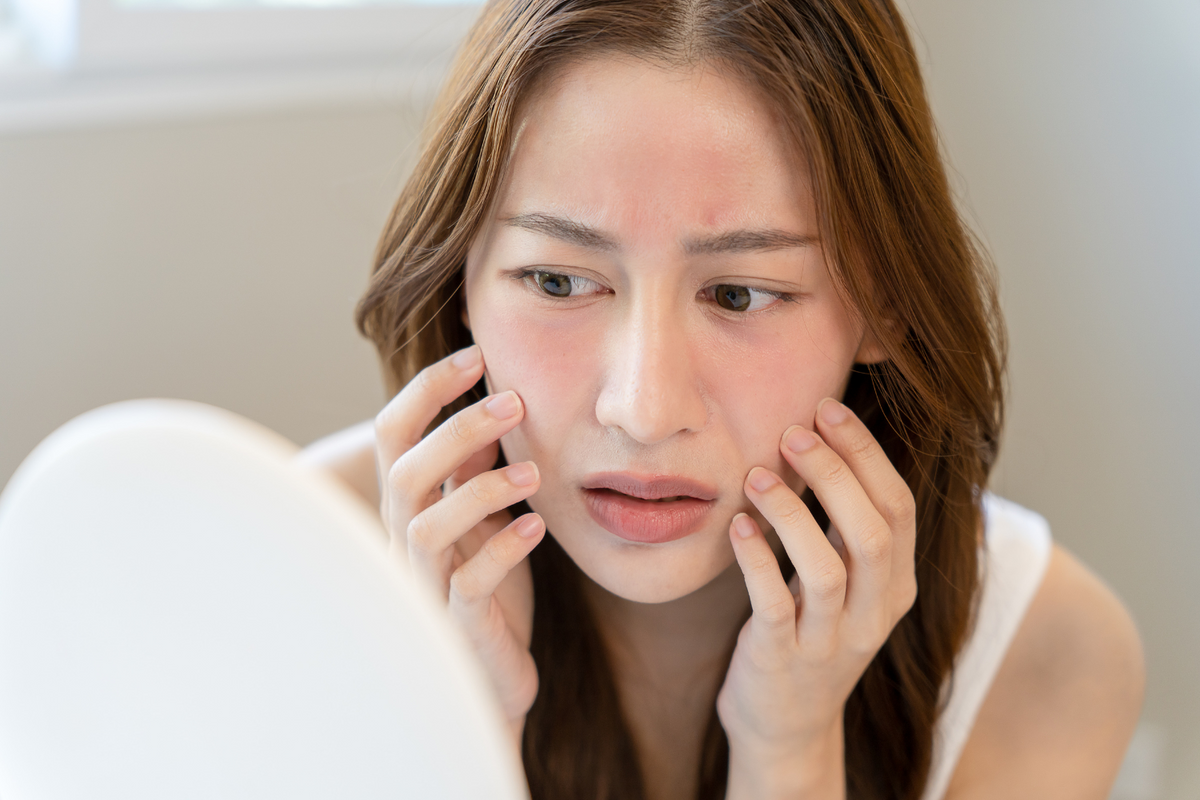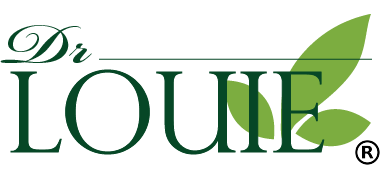
Signs of Overexfoliation and How to Treat It
|
Time to read 4 min


|
Time to read 4 min
Exfoliation is a crucial part of a skincare routine, helping to slough off dead skin cells and promote a healthy complexion. However, like anything in life, too much of a good thing can lead to problems.
Overexfoliation is a common skincare concern that can have a range of unpleasant side effects. In this blog post, we'll explore the signs of overexfoliation and what you can do to treat it.
Increased Sensitivity
Overexfoliation can make your skin more sensitive to external factors, such as temperature changes, pollution, and the ingredients in skincare products. When your skin's barrier is compromised, it's less effective at shielding against these irritants.
Persistent Redness
Excessive exfoliation, whether through physical scrubs or chemical exfoliants, can cause micro-injuries to the skin's surface. These micro-injuries trigger an inflammatory response from the body's immune system. Inflammation is the body's natural defense mechanism against perceived threats, and it often involves an increase in blood flow to the affected area. This increased blood flow can result in visible redness, making the skin appear flushed or irritated.
Irritation
You may experience burning, itching, or stinging sensations, which are clear indicators of skin distress. The outermost layer of your skin, known as the stratum corneum, acts as a protective barrier. It consists of dead skin cells and lipids that help retain moisture and prevent irritants from entering the skin. Overexfoliation can strip away this protective layer, leaving your skin vulnerable to external irritants, allergens, and bacteria.
Dryness and Flaking
Overexfoliation disrupts the skin's natural moisture balance, resulting in dryness and noticeable flakiness.
Uncomfortable Tightness
Overexfoliated skin may feel uncomfortably tight, as if it's stretched too thin. Overexfoliation can disrupt the skin's pH balance. The skin's natural pH is slightly acidic, which helps maintain a healthy acid mantle on the skin's surface. An altered pH can affect the skin's ability to retain moisture and may contribute to a sensation of tightness.
Breakouts
Paradoxically, overexfoliation can lead to more acne or breakouts due to increased skin irritation and clogged pores. When your skin is constantly irritated due to excessive exfoliation, it can respond by producing more skin cells as a protective mechanism. These excess skin cells can combine with sebum and other debris, creating a favorable environment for clogged pores.
Heightened Sun Sensitivity
Overexfoliated skin may have a compromised ability to repair itself from UV-induced damage, as the skin's natural repair mechanisms can be impaired.
Inflammation
Chronic overexfoliation can lead to inflammation, potentially causing damage to collagen and elastin fibers over time. This can manifest as redness, swelling, and heat and can further compromise the skin's barrier function.
Skin Barrier Compromise
Prolonged overexfoliation weakens the skin's natural barrier, making it less effective at retaining moisture and protecting against irritants.
The first step is to immediately discontinue the use of any exfoliating products, including scrubs, chemical exfoliants, and abrasive tools.
Applying cool compresses to your face can help reduce redness and soothe irritated skin.
Protect your skin from the sun as overexfoliated skin is more susceptible to sun damage. Use a broad-spectrum sunscreen with at least SPF 30, like our Protection Cream, when going outside.
It may take a few days to a few weeks for your skin to recover fully. Be patient and avoid the temptation to reintroduce exfoliants too quickly.
Switch to a gentle skincare routine that includes a mild, hydrating cleanser like our Mild Face Cleanser, a soothing moisturizer like our All-in-One Essence and Repairing Night Cream, and a broad-spectrum sunscreen during the day.
Use a hydrating and soothing moisturizer to help repair the skin's barrier and lock in moisture. Look for products with ingredients like hyaluronic acid, ceramides, glycerin, and panthenol to rehydrate, remoisturize, and rebuild the damaged skin barrier.
Stay away from products containing alcohol, fragrance, and other potential irritants that can exacerbate overexfoliated skin.
Consider using a barrier repair product with ingredients such as these to repair damaged barrier. (Click here to learn about Repairing Skin Barrier.)
Our recommendation is to use Mild Face Cleanser, followed by All-in-One Essence for Dry Skin and Repairing Night Cream both morning and night. (Please look for a SUBSCRIBER-EXCLUSIVE coupon for these products in the email :)
All of these products are free of fragrance, alcohol, or other potential irritants and are CertClean certified, certification given to personal care & beauty products that have been formulated without the use of any potentially harmful ingredients, toxins, and chemicals that may adversely affect our skin and health.
If your symptoms persist or worsen, or if you're unsure how to proceed, it's advisable to consult a dermatologist. They can provide personalized advice and may recommend treatments or products to help speed up the healing process.
Overexfoliation can wreak havoc on your skin, leading to a plethora of discomforting symptoms. Recognizing the signs and promptly taking action is pivotal for restoring your skin's health.
Always remember that prevention is key, so heed product instructions, introduce new products with caution, and pay attention to your skin's signals to avoid overexfoliation in the future.